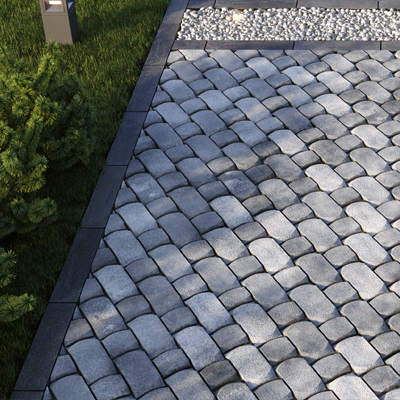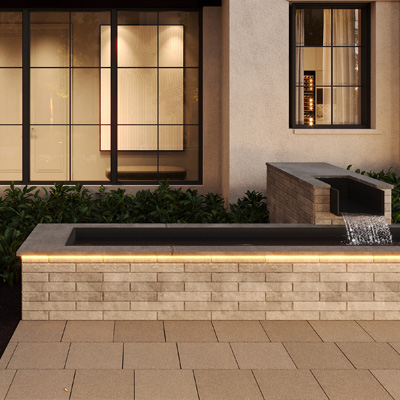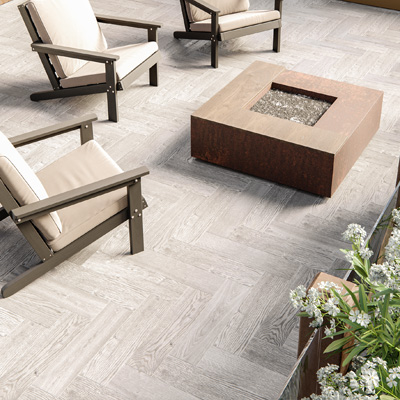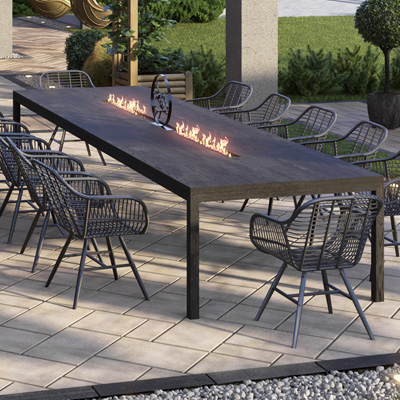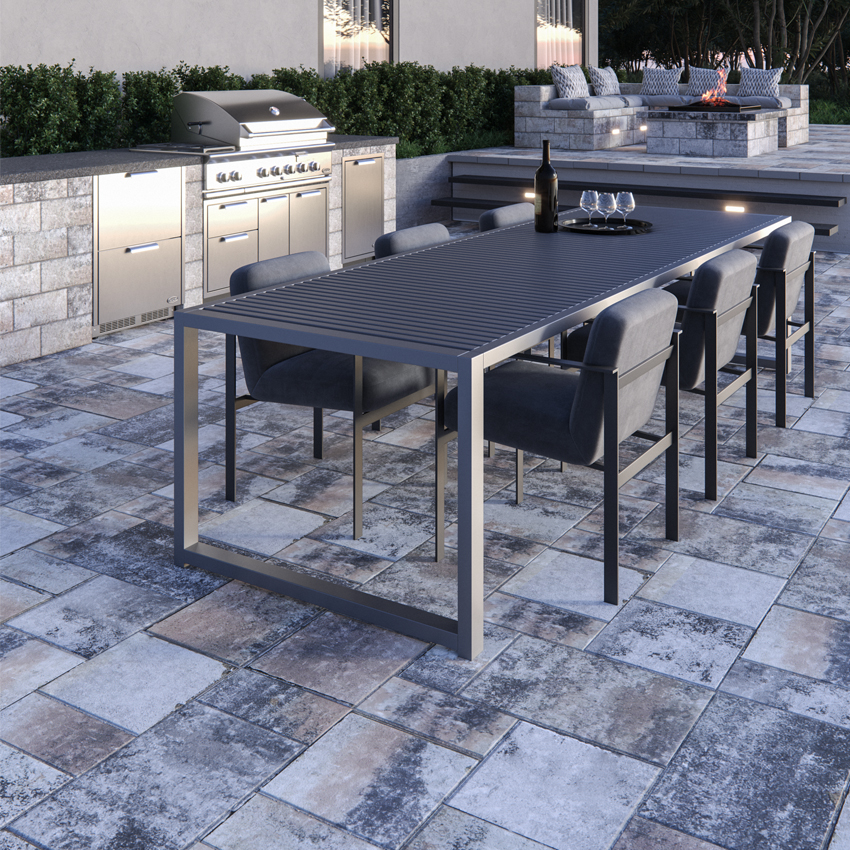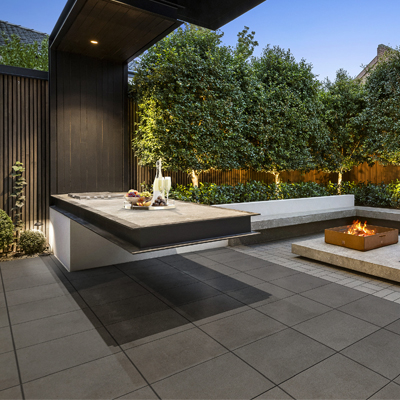INSTALLATION
How To Install
No matter how many times you install hardscape, it can be a messy job. Eventually, it will be beautiful, but there will be mud. First, you should excavate the top layer of soil, unless your project involves overlaying existing concrete. Different types of projects require different amounts of soil to be excavated. After installing compacted aggregate, bedding sand, hardscapes, and jointing material, another layer of compacted aggregate is installed.

Layer
It is recommended to install pavers 4 to 6 inches deep on compacted granular aggregate. Based on the soil type and application, the depth of the base layer will vary. This will prevent the pavers from shifting or settling if the base is leveled and compacted firmly.

Sand For Bedding
A layer of sand is added after the base has been laid, and it is leveled or screeded. In order for the pavers to interlock properly and provide a smooth surface, bedding sand plays a critical role. It is recommended that bedding sand be spread evenly across the base material at least one inch deep.
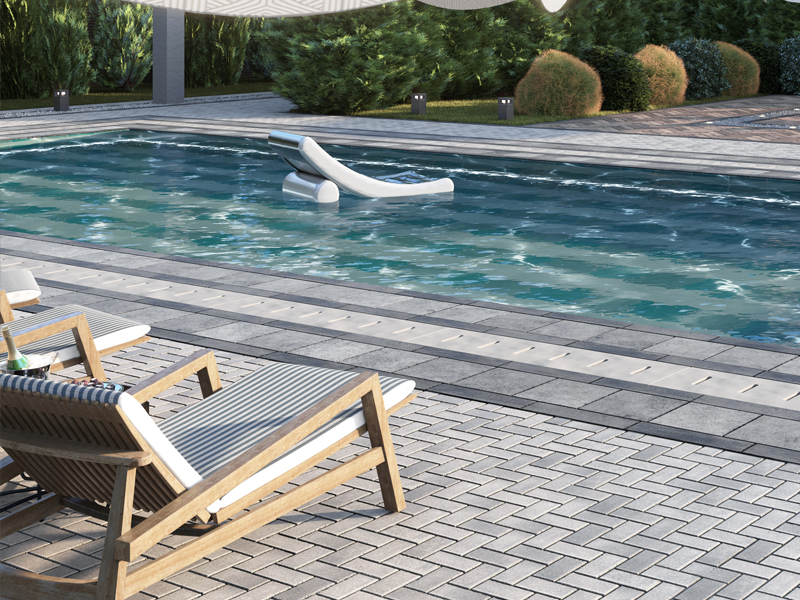
Polymeric Sand
Sand is leveled before pavers are laid. The joints between the pavers are then swept with polymeric sand, and a compactor should be used to ensure the sand is evenly distributed. You can increase the strength of joints by almost 20% by compacting them. As well as allowing debris and weeds to stay out of the joints, polymeric sand helps to further secure the pavers. Pavers, slabs, and natural stones are all installed using polymeric sand, which is specially formulated to fill narrow or wide joints. A significant advantage over conventional sand is that it stays in place and is stable. During wet weather, it softens, while during dry weather, it becomes firmer to better resist soil movement.
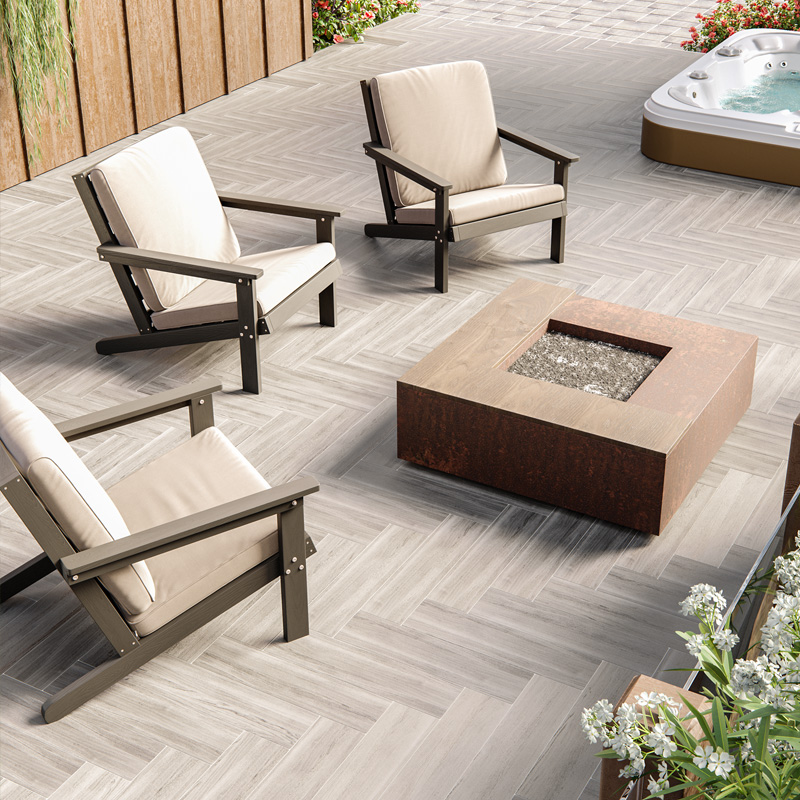
Contact us
Happy to answer any questions about blocks, pavers and retaining walls, feel free to contact us anytime.
